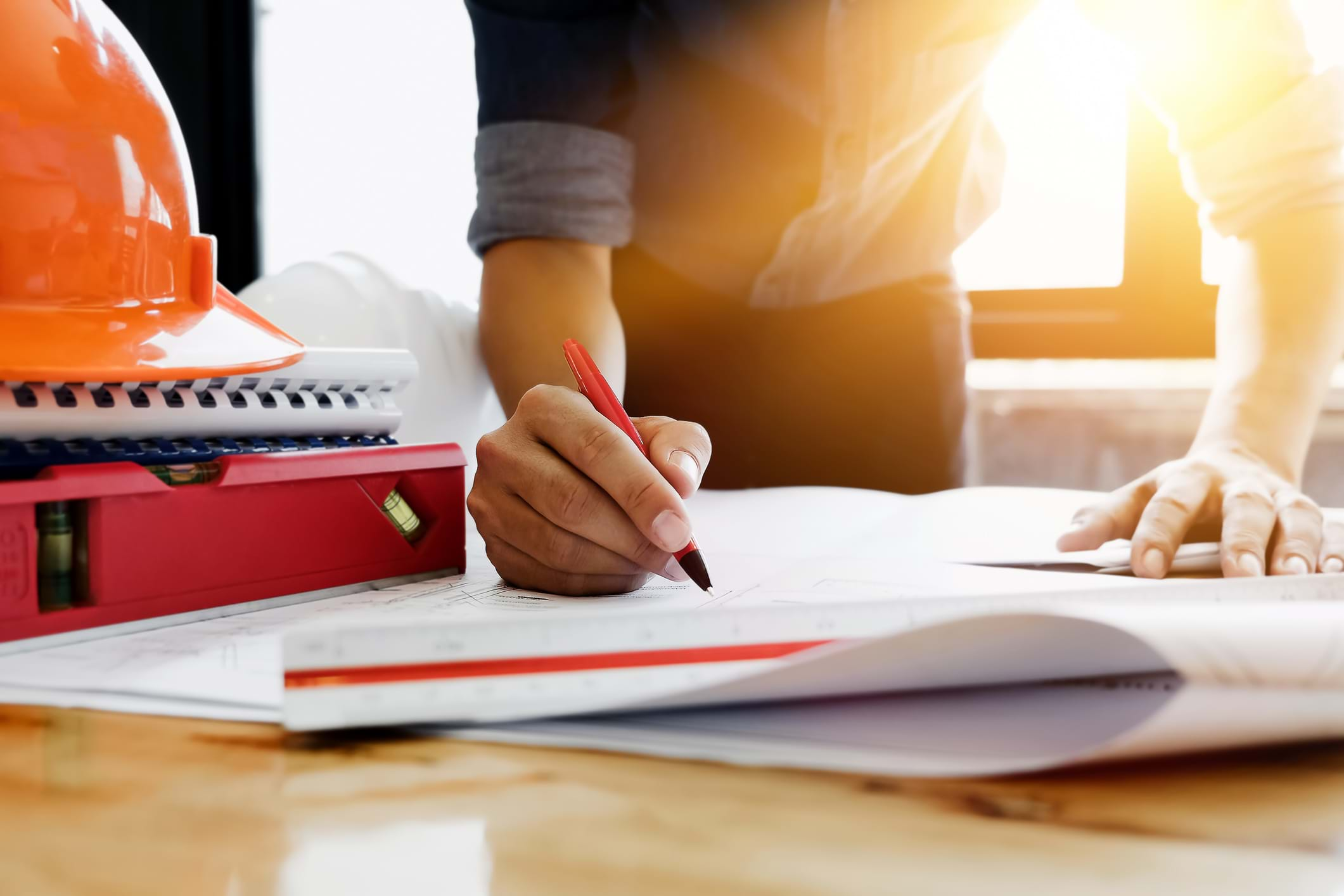One of the biggest challenges that many building construction projects face is liability arising out of mold caused by water intrusion. This is especially true of elder care facilities where the occupants are more susceptible to mold exposure. As a result, lawsuits over mold are becoming more pervasive and contractors can suffer the repercussions, even if they build facilities exactly the way they were intended.
Even if you have a general liability policy, you’re not necessarily in the clear. Many general liability policies typically have a mold exclusion and therefore don’t cover exposures related to it. This can leave your company vulnerable and susceptible to lawsuits and other financial damages that could cripple your business.
Quality is Key
Knowing that mold is a complicated risk-management issue, your company needs to employ quality assurance procedures. The benefits of doing so are two-fold. First, it’s a great way to educate your workforce on the dangers of mold and how to deal with them. Secondly, it can help position your company favorably when seeking out a contractors liability pollution policy, which is something every construction company should have in place to mitigate the risks associated with mold exposure.
When it comes to implementing quality assurance measures, the first step is making sure all of your construction employees are aware of the risks associated with mold. You also need to keep estimators and field employees informed of any design issues that could potentially lead to mold. Lastly, make sure you schedule third-party building envelope inspections during construction and have an action plan in place in the event that moisture is detected.
Going Beyond General Liability
Perhaps the best way to protect your business is through a contractors pollution liability policy. Unlike a general liability policy, these can be structured to provide coverage for liability arising from mold exposure. However, in order to qualify for this insurance, you need to develop quality assurance procedures like the ones previously discussed. Once you do, adopting a contractors pollution liability policy will allow your company to include fungi in the list of pollutants for which you receive coverage.
With the economy improving, construction is on the rise and you need to make sure your company is protected. The best way to do so is by implementing quality assurance procedures and speaking to an insurance broker about getting a contractors liability pollution policy. Taking care of this sooner rather than later will provide you with protection and peace of mind.

Philadelphia, PA, 19102







